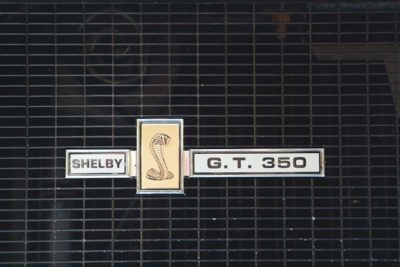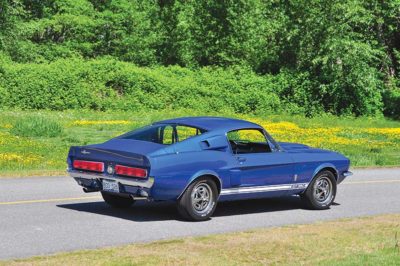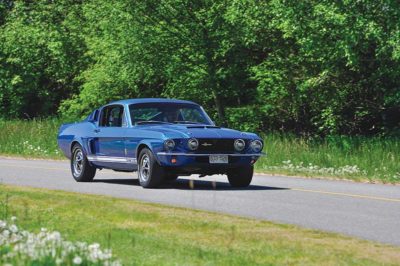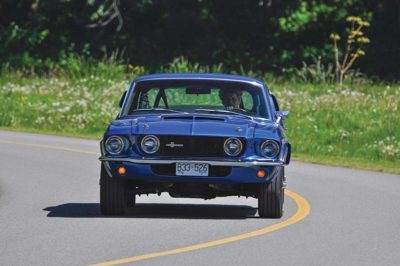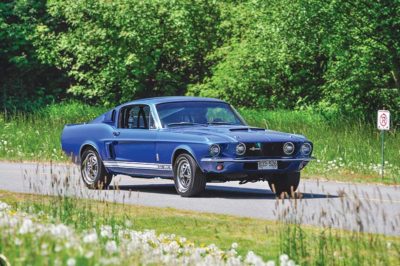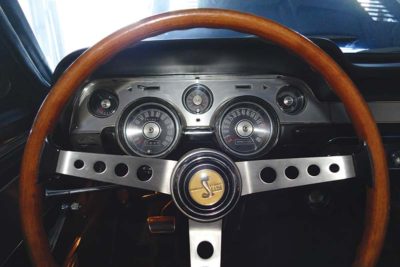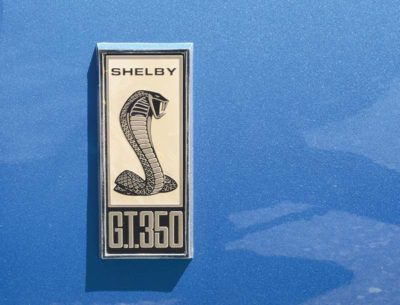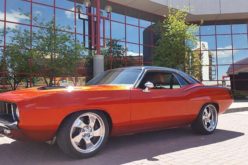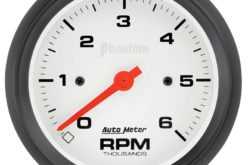Elusive Icon: 1967 Shelby GT350

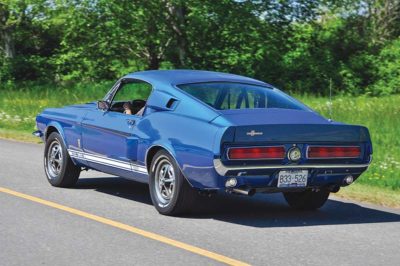
There are very few Carnuts on this planet that do not know of Carroll Shelby and his amazing influence on our car culture. Assembling the cars using chassis supplied from AC Cars in England, it is a true modern David-versus-Goliath story. Flushed with success after taking a Ford V8 and stuffing it into the small British sports car, Shelby was approached to make the new Mustang more of an enthusiast car.
Shelby joked about the Mustang being a secretary’s car, but took the challenge. It seems everywhere we go now, we see the new Ford GT500s and to a lesser degree GT350s that are built by a modern version of Shelby American at its Las Vegas facility. But the original GT350s and GT500s were built in extremely small numbers, and back in the ’60s, they were much more elusive. I have been told that no 1965 GT350s were sold new through the dealer network in Canada. Fogg Motors in New Westminster, B.C. sold two new white GT350s in 1966. So the actual fact of owning one of these cars is always an interesting story.
John Yamamoto is no stranger to the allure of the magical cars of Carroll Shelby, but he certainly scored big on one of the last 1967 GT350s Fogg Motors in New Westminster sold. Yamamoto’s other Shelby is a 1969 GT350 convertible he bought out of San Juan Capistrano for his 50th birthday.
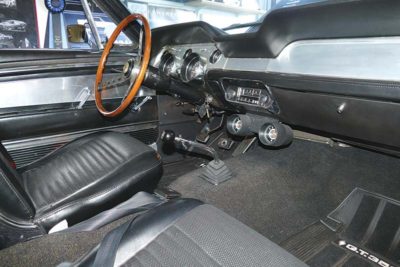
He knew Glen Hobbis of Cap’s Bicycles had a car that fit the bill, and after making Yamamoto make an offer, he rejected it as too low. Another sweeter offer was also rejected before Yamamoto asked what it would take for the car to be sold. The $100,000 price was a bit too high, so Yamamoto left without his prized car. After stewing it over for a couple of months, he called Hobbis and bought the car.
The original owner was Garth Jackson, and he remembers wanting a Shelby and hearing Fogg only had two left, so he went down to the New Westminster location that had earned a reputation for racing on Sunday and selling on Monday. Garth Jackson also was no stranger to racing locally, as he was a Competition Chairman and sometime Tech Inspector at the Westwood track and had raced an Austin-Healey at the Abbotsford Airport before Westwood was built. He was a member of the Sports Car Club of B.C. and really wanted a Shelby. He traded his factory-ordered 1965 Chevy Malibu SS four-speed convertible.
Shelby American had assembled 1,175 GT350s in 1967 (including 35 Paxton-supercharged production cars, four dealer-installed Paxton cars, and one prototype) compared to just over 2,000 GT500s. In September of 1967, Fogg Motors had two Acapulco Blue GT350s, one an automatic and one a four-speed. Of course, Jackson wanted the three-pedal version and he remembers paying just over $5,000. His car was a stripe delete car, although technically they all were, as the stripes were painted at the various Shelby Dealers upon delivery. (See Sidebar)

These included adding a high-rise manifold and one 715-cfm Holley four-barrel for an improved output of 306 horsepower. They also used finned aluminum “Cobra” valve covers. Still claiming 306 hp, the 1967 GT 350 used the high-performance K-Code cast-iron exhaust manifolds instead of the 1966 tubular headers.
The new bigger, longer, heavier (by 300 lb) and more comfortable 1967 Mustang worked well for Shelby, who realized his market was more the young hip professionals than the street racing kids. Much of the styling was done through a creative use of fibreglass, including the front end being three inches longer, a correspondingly longer hood with a dual opening scoop, the integral kicked-up rear decklid incorporating a spoiler, and Cougar sequential taillights. The 1967 tail lights did not use the diecast chrome covering trim of the Cougar tail lights, and then A. O. Smith switched to 1965 Thunderbird tail lights for 1968 Shelbys, complete with the chrome trim.
The Shelby cars came standard with the deluxe interior with aluminum trim, a special woodgrain steering wheel, and a roll bar with inertia-reel shoulder harness seatbelts. Shelby included a 140-mph speedometer and 8,000-rpm tach. The Rally-pac guages that hugged the steering column on the 1966 Mustang were turned upside down and mounted under the dash for the 1967 Shelby. It housed an ammeter and oil pressure gauge, and this car also has a clock between the speedo and tach.
The suspension started as the competition suspension from Ford and was tweaked a bit, using progressive-rate springs and a larger front sway bar, lowering the front end one inch. It weighed only 3,360 lbs., compared to a 2017 Mustang Shelby GT350 weighing in at 3662 lbs. but the 2017 has many more safety components, structural rigidity and air conditioning, etc.
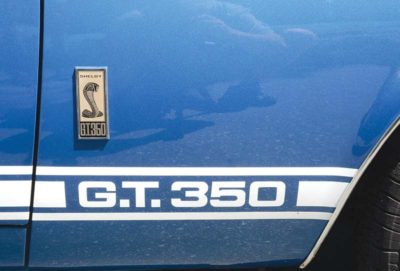
The Shelby even went on two trips to Winnipeg to visit family. The car was never raced other than a few traffic light “Winternationals.” The car was still a fully functioning car when it was put into storage in the garage behind his Mother’s house in Vancouver in the mid ’70s. The car was not put in the garage to have an engine rebuilt or maybe some bodywork; that would have been acceptable. What actually happened is tantamount to sacrilege – Jackson bought a vacation property and decided to buy a Pinto Station Wagon to drive instead of Mr Shelby’s magical machine!
After a decade in storage and with the imminent sale of his Mother’s house, the Realtor mentioned the car to Martin Lammers, who ran a body shop in Port Coquitlam. He bought the car to restore and the car’s engine would not turn over, necessitating a rebuild. The car was partially dismantled and then it was decided just to give it a proper paint job. There was one small rust spot in the rear quarter panel and the interior was so good he only had to re-dye the carpets. The rest of the interior is original. The body shop had never registered the car, as they were planning on “Curbing” it.
This is when Glen Hobbis bought the car before it was completed, and became the “second” owner. It had 94.000 miles on her when Hobbis bought it in the mid 1980s, and he had the car for three decades. Yamamoto considers himself lucky to have such a special car and is a member of the local Shelby club. He recently purchased a set of Kelsey-Hayes five-spoke Magstar wheels for the car, as the thought of losing the irreplaceable hubcaps was too much to think about.
The car is fully sorted out and a joy to drive. The lack of air conditioning is not a problem in the Lower Mainland’s moderate climate, but maybe the trips to the interior or any more trips to Winnipeg will not be during the middle of summer. The local Shelby Club is very active and Yamamoto will be busy showing off his new ride for quite some time…and maybe a few red light “Winternationals” of his own!




